Universe
ID: 11065
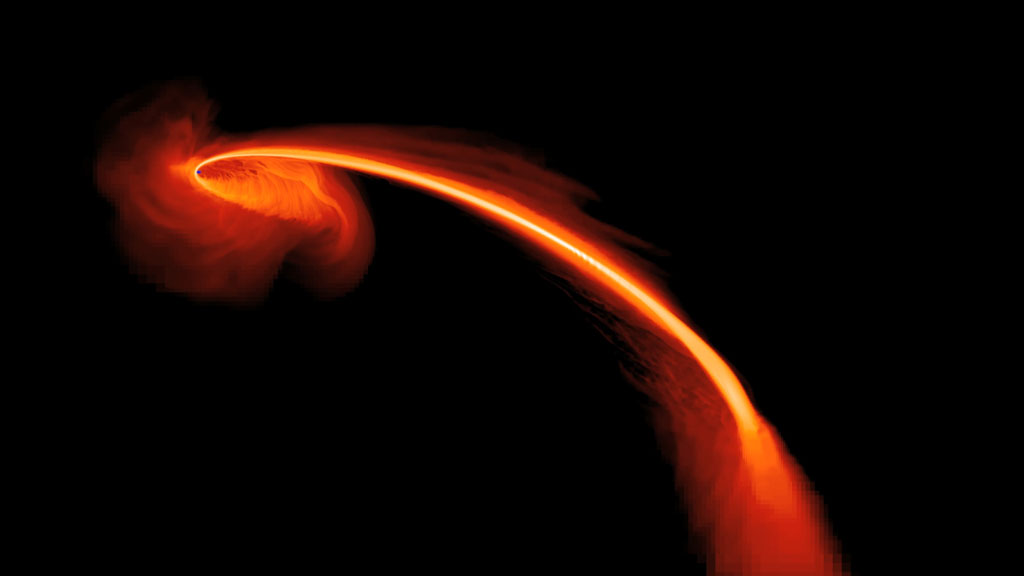
What happens when a star gets too close to a black hole? Astronomers were lucky enough to find out as they watched this chance phenomenon, which happens about once every 100,000 years, unfold in a distant galaxy. First, the black hole's gravitational forces ripped the star apart, unleashing a stream of stellar fragments. Bits of ionized gas swirled around the black hole along elliptical paths, while other pieces of the star blasted into space. As the orbiting debris fell toward the black hole, colliding gas particles generated intense heat and light that could be seen from Earth. Astronomers looking through wide-field telescopes saw a bluish glow in the region of night sky where the galaxy is located. Instruments aboard NASA's Galaxy Evolution Explorer (GALEX) spacecraft also detected the increase in brightness, which lasted months. The computer simulation shows a star being shredded by the gravitational forces of a massive black hole.
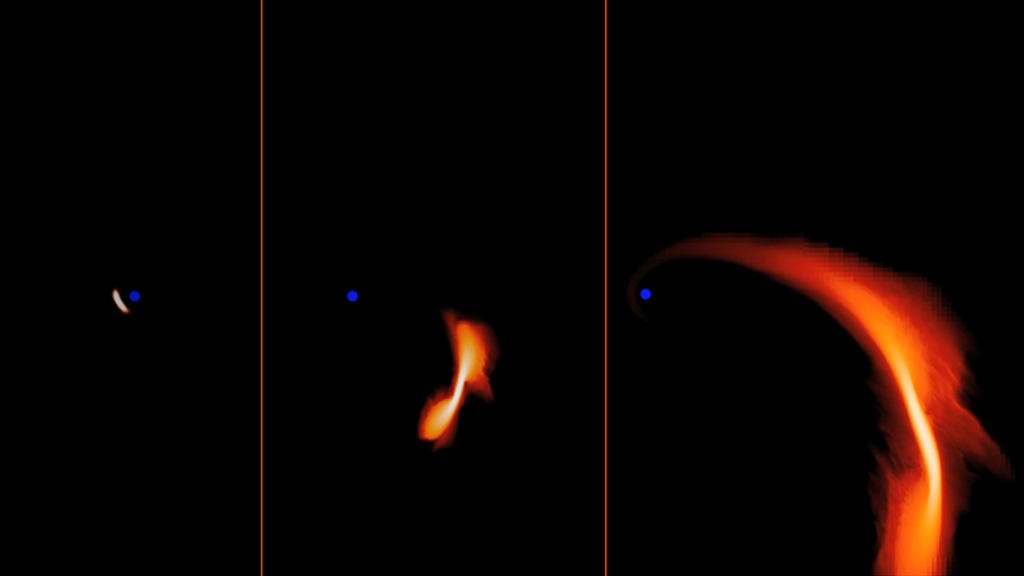
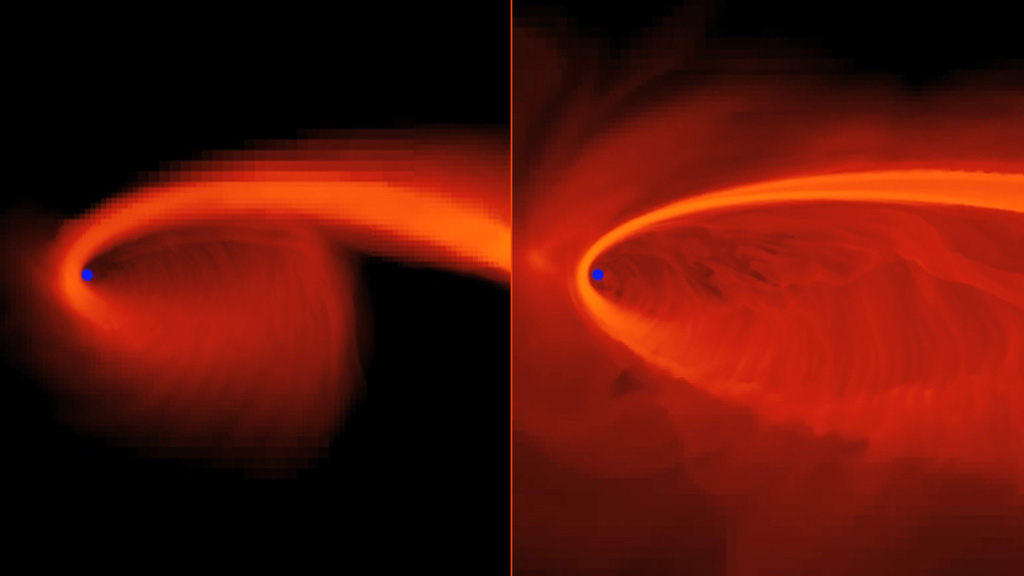
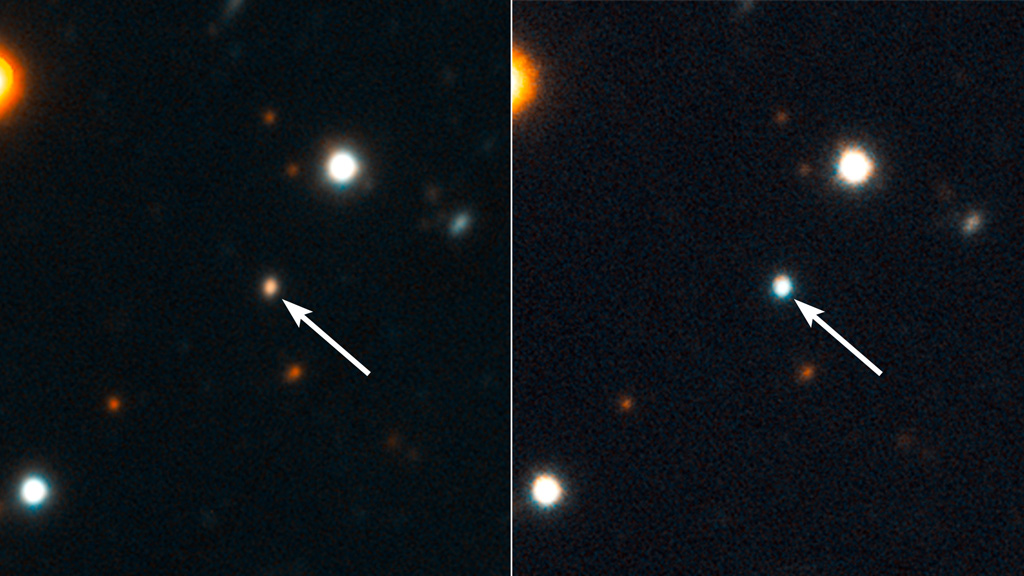
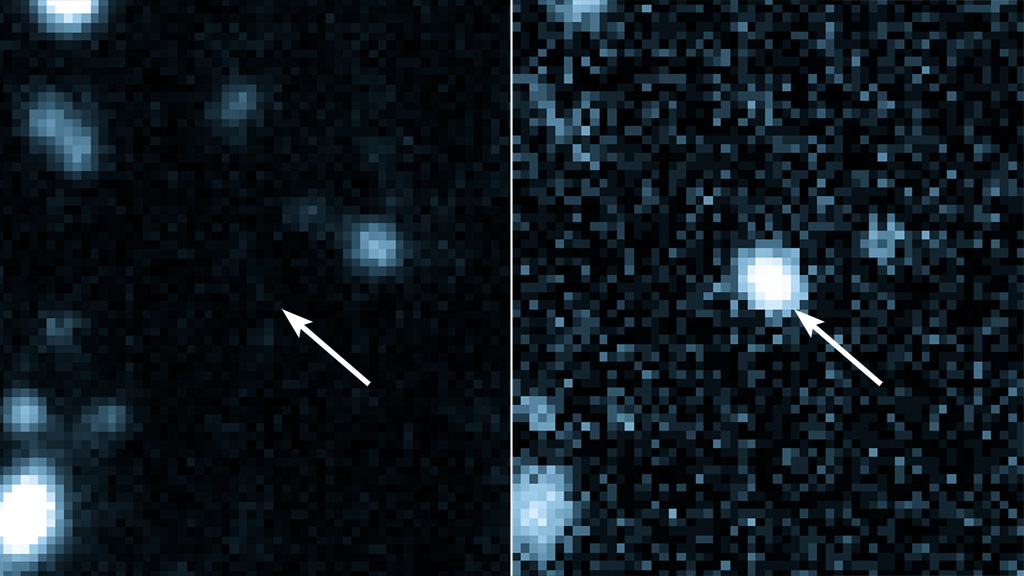
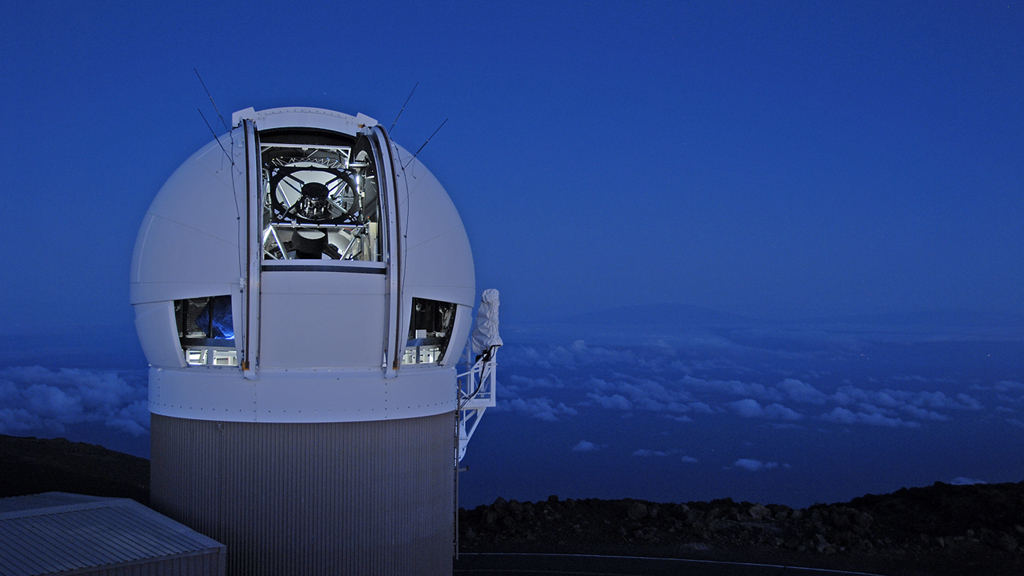
Star Destroyer






For More Information
Story Credits
Lead Scientists:
Suvi Gezari (University of Maryland)
James Guillochon (University of California, Santa Cruz)
Lead Writer:
Kayvon Sharghi (USRA)
Suvi Gezari (University of Maryland)
James Guillochon (University of California, Santa Cruz)
Lead Writer:
Kayvon Sharghi (USRA)
Please give credit for this item to:
Space Telescope Science Institute (STScI) and NASA's Goddard Space Flight Center
Simulation courtesy of NASA/S. Gezari, The Johns Hopkins University/J. Guillochon, University of California, Santa Cruz
Pan-STARRS1 telescope photo courtesy of Rob Ratkowski.
Space Telescope Science Institute (STScI) and NASA's Goddard Space Flight Center
Simulation courtesy of NASA/S. Gezari, The Johns Hopkins University/J. Guillochon, University of California, Santa Cruz
Pan-STARRS1 telescope photo courtesy of Rob Ratkowski.
Short URL to share this page:
https://svs.gsfc.nasa.gov/11065
Keywords:
SVS >> App
NASA Science >> Universe
https://svs.gsfc.nasa.gov/11065
Keywords:
SVS >> App
NASA Science >> Universe







